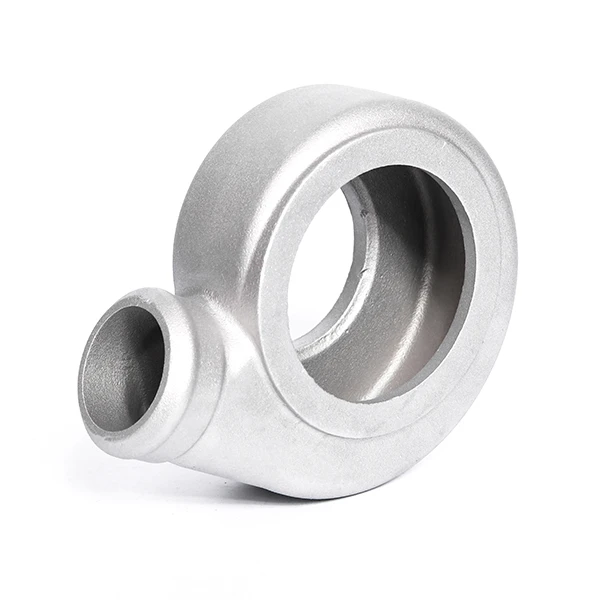Mobile:+86-311-808-126-83
Email:info@ydcastings.com
cast iron sewer pipe connections
Understanding Cast Iron Sewer Pipe Connections
Cast iron sewer pipes have long been a popular choice for wastewater management in residential and commercial buildings. Renowned for their strength, durability, and longevity, these pipes can withstand significant pressure and are resistant to corrosion, making them ideal for both underground and above-ground applications. However, the connections between these pipes are crucial to ensuring a reliable and leak-free sewer system. This article will explore the various types of cast iron sewer pipe connections, their advantages, and best practices for installation.
Types of Cast Iron Sewer Pipe Connections
1. Hub and Spigot Connections The traditional method for connecting cast iron pipes is through a hub and spigot joint. In this setup, one end of the pipe (the spigot) fits into the other end (the hub) which contains a lead or rubber gasket. This design allows for a tight seal that can accommodate slight movements or shifts in the ground, which is vital for maintaining the integrity of the sewer system.
2. No-Hub Connections With advancements in plumbing technology, no-hub cast iron pipes have gained popularity. These pipes feature a smooth design with a coupling that connects adjacent pipes without the need for a hub. No-hub connections utilize flexible couplings made of rubber that are clamped around the pipe ends to create a watertight seal. This system simplifies installation and reduces the chances of misalignment.
3. Caulked Joints Although less common today, caulked joints are a method that has historically been used in connecting cast iron pipes. This involves packing a joint with a mixture of lead and oakum, a type of fiber rope. Once packed, the joint is heated to melt the lead, creating a robust seal. While effective, this method is labor-intensive and less flexible compared to modern connections.
Advantages of Cast Iron Connections
One of the primary advantages of using cast iron sewer pipe connections is their resistance to various environmental factors. Cast iron does not degrade easily when exposed to moisture or chemicals, which is essential for sewer systems that can often carry corrosive substances. Additionally, cast iron pipes have excellent sound-dampening properties, reducing the noise produced by flowing wastewater.
Moreover, the longevity of cast iron contributes to lower maintenance costs over time. While the initial investment may be higher compared to plastic alternatives, cast iron’s lifespan often exceeds that of plastic pipes, making it a cost-effective solution in the long run.
cast iron sewer pipe connections

Best Practices for Installation
To ensure that cast iron sewer pipe connections are effective and durable, following best practices during installation is essential
- Proper Alignment Pipes should be installed with a slight slope to facilitate proper drainage. Misalignment can lead to blockages and increased pressure on the pipes, resulting in leaks.
- Use of Appropriate Sealants When using hub-and-spigot or no-hub connections, ensure that the correct type of sealant or gasket is applied to prevent leaks.
- Regular Inspections Conduct routine inspections of cast iron pipe connections to identify signs of wear, corrosion, or misalignment. Early detection can save time and money in repairs.
- Compliance with Codes Always adhere to local plumbing codes and regulations when installing sewer pipes to ensure safety and functionality.
Conclusion
Cast iron sewer pipe connections play a vital role in the robustness and reliability of wastewater management systems. By understanding the various types of connections and their advantages, as well as adhering to best installation practices, homeowners and contractors can ensure a long-lasting and efficient plumbing system. With the right care, cast iron sewer pipes can provide excellent service for decades, making them a tried-and-true choice for managing sewage effectively.
-
Why Should You Invest in Superior Pump Castings for Your Equipment?NewsJun.09,2025
-
Unlock Performance Potential with Stainless Impellers and Aluminum End CapsNewsJun.09,2025
-
Revolutionize Your Machinery with Superior Cast Iron and Aluminum ComponentsNewsJun.09,2025
-
Revolutionize Fluid Dynamics with Premium Pump ComponentsNewsJun.09,2025
-
Optimizing Industrial Systems with Essential Valve ComponentsNewsJun.09,2025
-
Elevate Grid Efficiency with High-Precision Power CastingsNewsJun.09,2025











